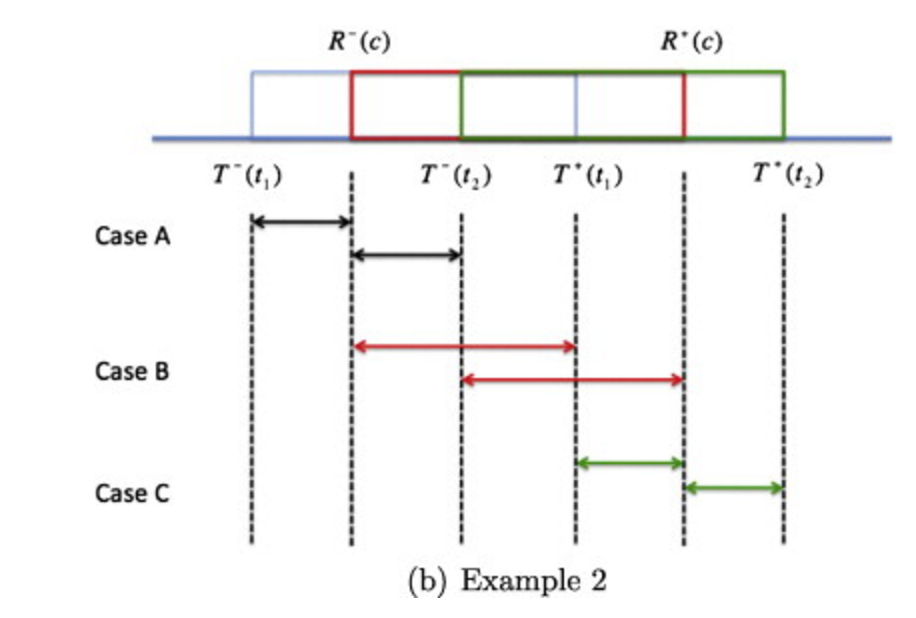| Authors: | D. Milioris, G. Tzagkarakis, A. Papakonstantinou, M. Papadopouli, P. Tsakalides |
| Journal: | Ad Hoc Networks |
| Year: | 2011 |
| Download: | Science Direct |
Abstract
Accurate location awareness is of paramount importance in most ubiquitous and pervasive computing applications. Numerous solutions for indoor localization based on IEEE802.11, bluetooth, ultrasonic and vision technologies have been proposed. This paper introduces a suite of novel indoor positioning techniques utilizing signal-strength (SS) fingerprints collected from access points (APs). Our first approach employs a statistical representation of the received SS measurements by means of a multivariate Gaussian model by considering a discretized grid-like form of the indoor environment and by computing probability distribution signatures at each cell of the grid. At run time, the system compares the signature at the unknown position with the signature of each cell by using the Kullback–Leibler Divergence (KLD) between their corresponding probability densities. Our second approach applies compressive sensing (CS) to perform sparsity-based accurate indoor localization, while reducing significantly the amount of information transmitted from a wireless device, possessing limited power, storage, and processing capabilities, to a central server. The performance evaluation which was conducted at the premises of a research laboratory and an aquarium under real-life conditions, reveals that the proposed statistical fingerprinting and CS-based localization techniques achieve a substantial localization accuracy.

